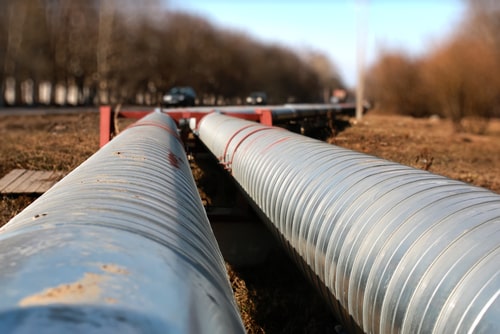
In this article, we will discuss the most critical information regarding water softener drainage.
Table of Contents
Why Does A Water Softener System Need a Drain Hose/Line?
A drain line, also known as a hose, is critical for most water softeners to ensure the proper disposal of the used water. Without any appropriate water softener hose line, the brine will flow back into the line with hard water, and the discharge will overflow. This whole thing will further create several issues related to water line damage. Remember, a single drain line is not enough because you have to keep two different lines. The first line will handle the control valve, and the other will act as an overflow drain.
Where Do I Drain My Water Softener?
There are several drain line options available for you to consider. However, it’s critical to know where to drain the bine because the municipal department imposes specific rules and regulations. We all know that discharged water will be harmful to plants as it contains excessive minerals that are dangerous for plant’s life. Digging a dry well to release the brine is also one of the most widely used options, as you can avoid damaging your lawn in this way.
How to Install a Water Softener Drain Line?
Before installing a water softener drain line, you should first install the control valve to dispose of backwash water during the regeneration cycle. Once the drain line is successfully installed, you need to connect the other side of the tube to the brine tank and let the drain come out of the water softener. It’s also called an overflow drain line because it will overflow the brine from the water softener.
Moreover, it’s also essential to regularly clean the water softener components to extend the lifespan of the water softener discharge option. You should first find a reliable cleaning agent to clean the resin bed along with regular maintenance.
Types of Drain
Before installing a drain line to your water softener, there are several things to consider, such as its size and material. However, there are plenty of drain line options such as laundry trays, floor drains, etc.
Laundry Tray

Floor Drain
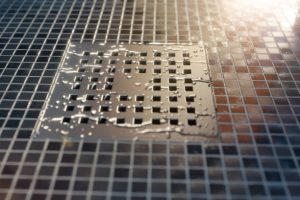
Properly Trapped Outlets
If you want to avoid having a drain line, you can try properly trapped outlets for water disposal. A dry well is most commonly used with these properly trapped outlets where the discharge water can directly flow into it with the help of a frozen line.
Check Out: Most Used Types of Water Softening Units in 2024
Frequently Asked Questions (FAQs)
1. How Often Does A Water Softener Drain?
Well, it depends on the amount of water that you consume regularly. It also depends on the capacity of the resin tank and the hardness levels of the water. If we talk about the average water softener draining time, it’s around three days or once a week. However, this period may change according to your water usage.
2. Can I Drain My Water Softener Outside?
Well, there is no harm in outdoor water softener draining until there aren’t any legal restrictions in your area. Some areas do allow outdoor draining while others don’t. However, the outdoor discharge will make the outdoor soil terrible for plants. For best outcomes, it’s better to dig a dry well in your hard and let the release flow through it.
3. Can I drain my water softener into my sump pump?
Usually, it is not suggested as sump pumps are not being designed with materials that will hold up to brine water and will deteriorate the sump pump. In addition, discharging brine from the water softener into a sump basin often voids the warranty on the sump pump.
4. Should A Water Softener Drain Into The Septic System?
The answer to this question is both yes and no because laws are different in different areas across the United States. However, even if it’s allowed, you should avoid it because it may cause irreversible damage to your septic system and will cost you a lot of money.
Check Out: 5 Top Softening Units other than Water Softeners
Wrap Up
Every water softener requires a drain to dispose of the discharge. There are also some particular water softeners without drains. In case of those, don’t forget to understand the laws and regulations in your local area. It’s always recommended to hire a professional to install a drain line to avoid any warranty-related issues. Moreover, choosing the right water softener is also very critical to enjoying a healthier lifestyle.

Steve Smith is a United State Licensed Plumber with over 18 years of plumbing experience. Steve has conducted residential and commercial plumbing jobs throughout the state and currently works for one of California’s largest plumbing companies. When he’s not working, Steve enjoys spending time with his daughter and son.
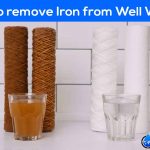


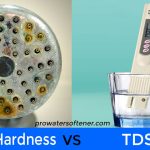
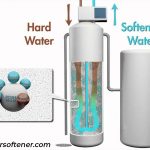



Leave a Reply